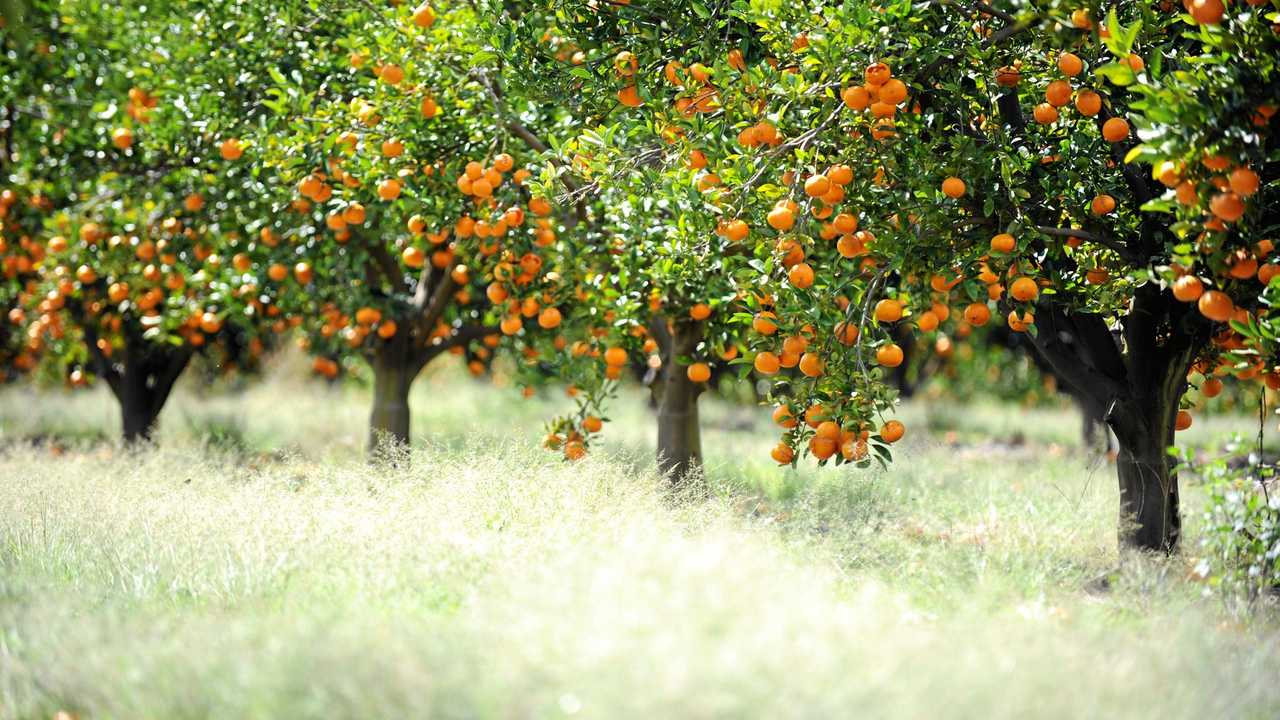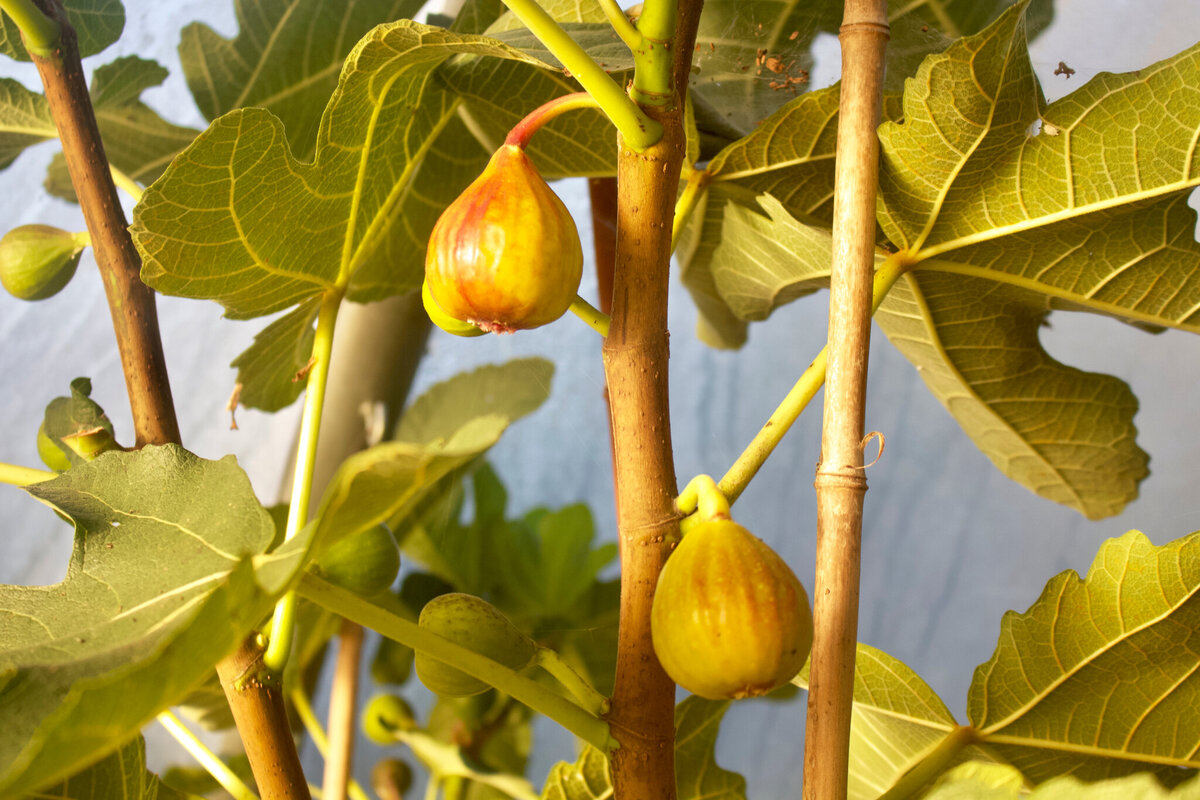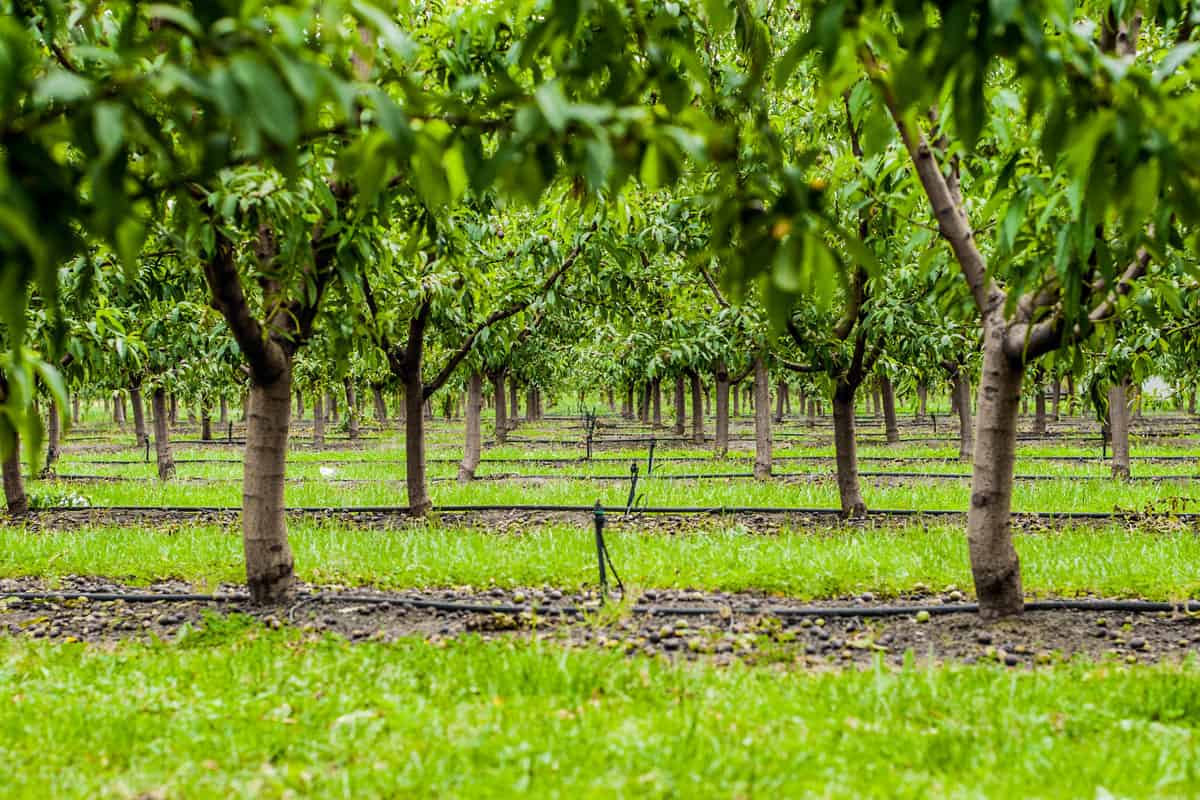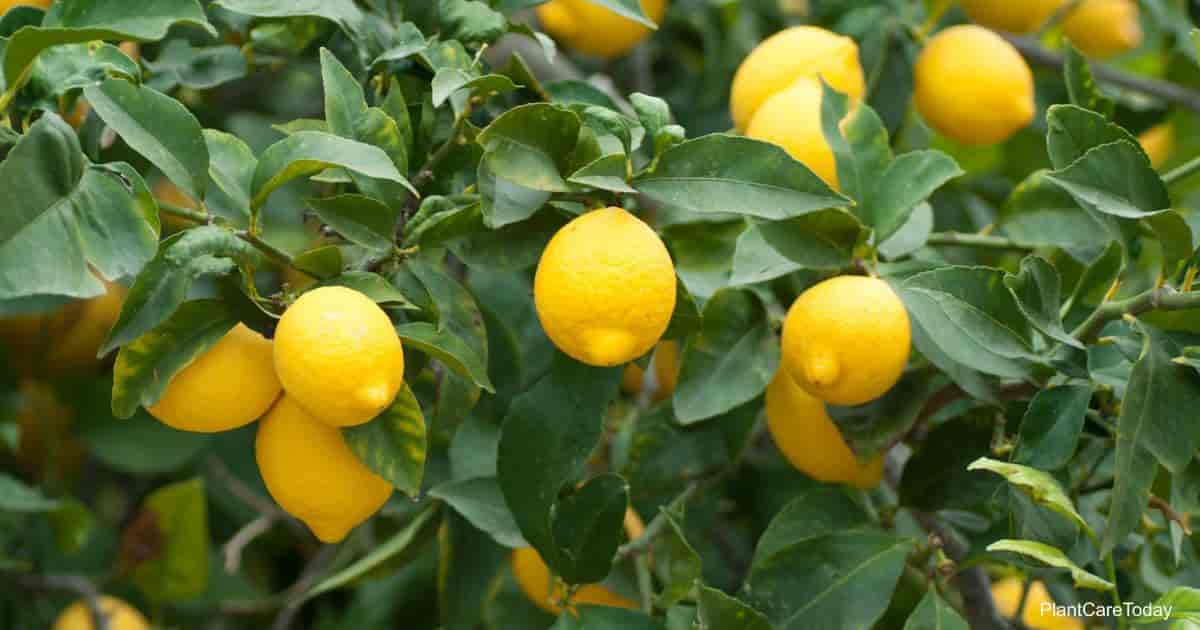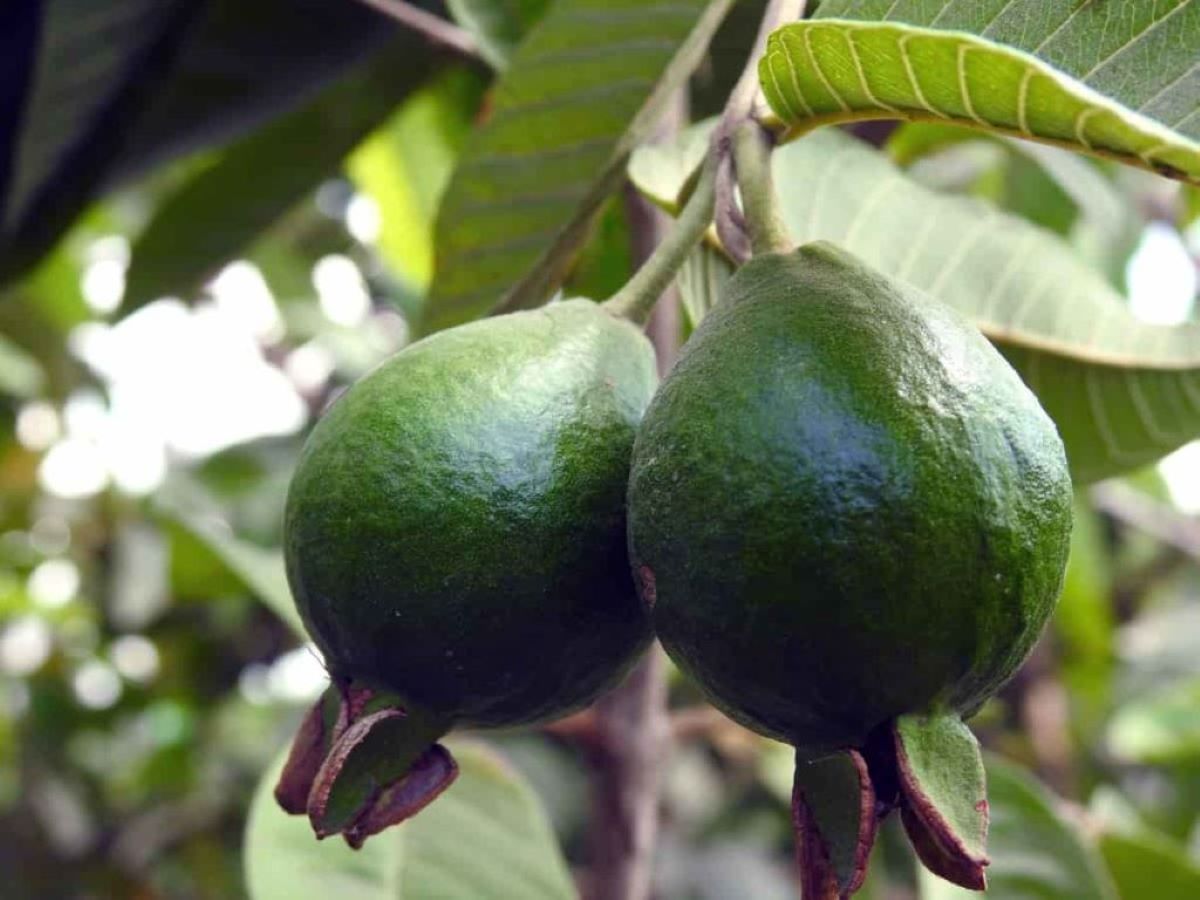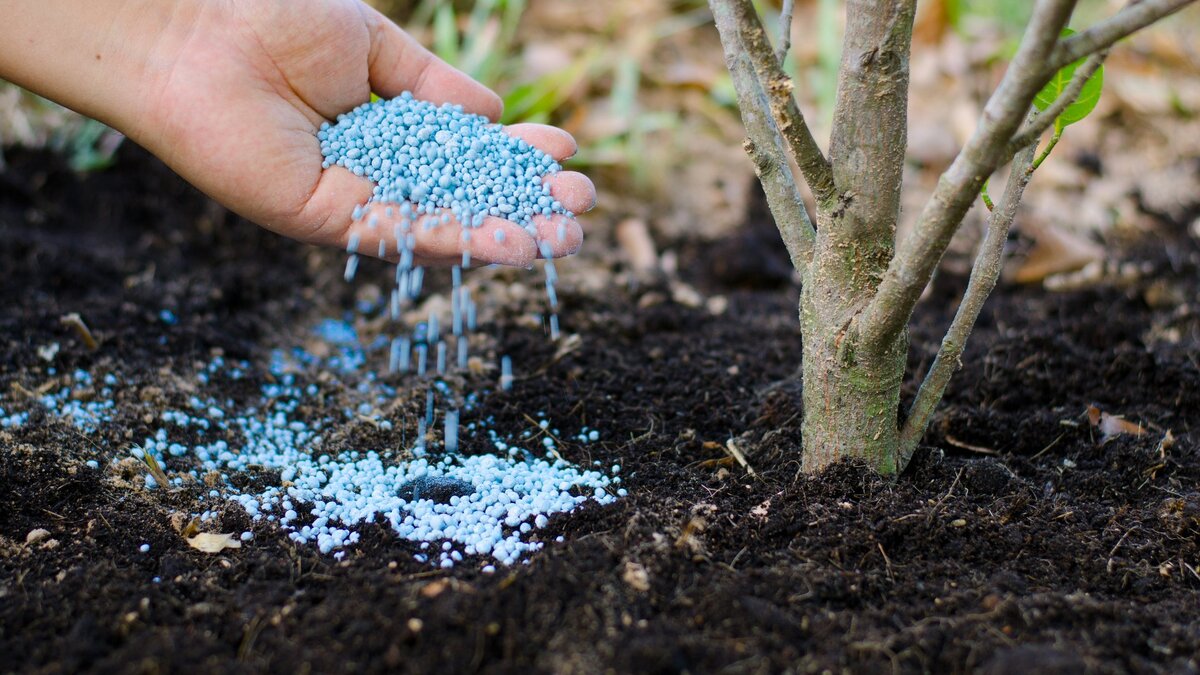Home>Gardening Techniques>Plant Care>How To Fertilize Dogwood Trees


Plant Care
How To Fertilize Dogwood Trees
Modified: January 22, 2024
Learn the best plant care practices for fertilizing dogwood trees to ensure they thrive. Our step-by-step guide will help you achieve beautiful blooms and healthy growth.
(Many of the links in this article redirect to a specific reviewed product. Your purchase of these products through affiliate links helps to generate commission for Chicagolandgardening.com, at no extra cost. Learn more)
Table of Contents
Introduction
Welcome to the world of dogwood trees! These elegant and vibrant trees are a beautiful addition to any landscape, adding a touch of charm and color. However, like any living organism, dogwood trees require proper care and nourishment to thrive. One essential aspect of their care is fertilization.
Fertilizing your dogwood trees is crucial for their overall health and growth. It provides them with the essential nutrients they need to flourish, including nitrogen, phosphorus, and potassium. When done correctly, fertilization can enhance the tree’s flowering, promote strong root development, and increase its resistance to diseases and pests.
In this article, we will delve into the world of dogwood tree fertilization. We will explore the significance of proper fertilization, discuss how to choose the right fertilizer for your trees, and delve into the ideal timing for fertilization. Additionally, we will provide step-by-step instructions on how to correctly apply fertilizers and touch on watering practices after fertilization. Lastly, we will explore the signs of over-fertilization to help you identify and remedy any potential issues.
Whether you are a seasoned gardener or just starting, this guide will equip you with the knowledge and tools necessary to ensure the optimal health and beauty of your dogwood trees. So, let’s dive in and discover the secrets to successful dogwood tree fertilization!
Understanding Dogwood Tree Fertilization
To effectively fertilize your dogwood trees, it is crucial to understand the process and the nutrients they require. Dogwood trees have specific nutritional needs that, when met, promote their overall growth and health.
The primary macronutrients that dogwood trees require are nitrogen (N), phosphorus (P), and potassium (K). Nitrogen is responsible for promoting leaf and stem growth. Phosphorus aids in root development, flowering, and fruit production. Potassium helps to strengthen the tree’s immune system and improve its overall resistance to diseases and pests.
Aside from the macronutrients, dogwood trees also require micronutrients, such as iron, manganese, and zinc, in smaller quantities. While these micronutrients are needed in small amounts, they play a vital role in various metabolic processes and ensure the tree’s overall health.
Understanding the specific nutrient requirements of dogwood trees will help you select the appropriate fertilizer. Fertilizers are labeled with a set of three numbers, representing the percentage by weight of nitrogen, phosphorus, and potassium, respectively. For example, a fertilizer labeled 10-10-10 contains 10% nitrogen, 10% phosphorus, and 10% potassium.
When selecting a fertilizer for your dogwood trees, opt for a balanced blend that contains roughly equal percentages of nitrogen, phosphorus, and potassium. A balanced fertilizer ensures that your trees receive a comprehensive and well-rounded nutrient supply.
It is also beneficial to choose a slow-release fertilizer. Slow-release fertilizers gradually release nutrients over an extended period, providing a consistent supply of nutrients to the tree without the risk of over-application or nutrient leaching.
Now that you have a solid understanding of the fertilization process and the nutrients your dogwood trees require, the next step is selecting the right fertilizer. In the next section, we will explore the various fertilizers available and guide you towards making an informed decision for your beloved trees.
Choosing the Right Fertilizer for Dogwood Trees
Choosing the right fertilizer for your dogwood trees is essential to provide them with the necessary nutrients for healthy growth. With numerous options available, it can be overwhelming to determine the best fertilizer for your trees. However, by considering a few key factors, you can make an informed decision.
First, consider the nutrient composition. Look for a fertilizer labeled with balanced ratios of nitrogen (N), phosphorus (P), and potassium (K), commonly referred to as an NPK ratio. A balanced fertilizer with equal or similar percentages of these essential nutrients, such as 10-10-10 or 12-12-12, is ideal for dogwood trees.
Next, evaluate the form of the fertilizer. Fertilizers come in various forms, including granular, liquid, and spikes. Granular fertilizers are slow-release and can be spread around the base of the tree, while liquid fertilizers are quickly absorbed and can be applied through foliar spraying. Fertilizer spikes are inserted into the soil and provide a slow-release nutrient supply. Consider your preferences and the specific needs of your dogwood trees when selecting the form of fertilizer.
Another crucial factor to consider is the presence of micronutrients. Dogwood trees require trace amounts of micronutrients, such as iron, manganese, and zinc, to maintain optimal health. Look for a fertilizer that includes these micronutrients in its formula, as they can greatly benefit the development and overall resilience of your trees.
Furthermore, consider the application frequency and ease of use. Some fertilizers require multiple applications throughout the growing season, while others only need to be applied once or twice a year. Choose a fertilizer that aligns with your desired maintenance routine and provides convenience in application.
Lastly, consider organic options. Organic fertilizers are derived from natural sources, such as compost, bone meal, and seaweed, and are free from synthetic chemicals. They are not only beneficial for your trees but also for the environment. If you prefer to use organic methods, look for organic fertilizers labeled with the Organic Materials Review Institute (OMRI) seal.
By considering these factors, you can select a fertilizer that meets the specific needs of your dogwood trees and promotes their overall health and vigor. In the next section, we will explore the appropriate timing for fertilizing your dogwood trees.
When to Fertilize Dogwood Trees
Timing plays a crucial role in fertilizing dogwood trees effectively. Applying fertilizer at the right time ensures that the nutrients are available when the trees need them the most, promoting optimal growth and health.
The best time to fertilize dogwood trees is in the early spring, just before they start their active growth. This typically falls between late February and early April, depending on your specific region and climate. Fertilizing during this period allows the trees to utilize the nutrients as they begin to produce new leaves and branches.
It is important to avoid fertilizing dogwood trees during late summer or early fall. Fertilizing during this time can stimulate new growth, which may not have enough time to harden off before winter. This can result in increased vulnerability to frost damage and other environmental stresses.
Basal fertilization is another technique that can be used for dogwood trees. This involves applying fertilizer to the soil around the tree’s base during the late fall or early winter. The nutrients slowly break down and become available to the tree in the spring when it resumes active growth. However, this method is not as common as spring fertilization and should be done under specific circumstances.
Additionally, it is important to take into consideration the age and health of your dogwood trees when determining the frequency of fertilization. Young trees may benefit from more frequent fertilization, while established and mature trees may require less frequent applications.
Remember, it is always best to follow the specific instructions provided by the fertilizer manufacturer. They may provide recommendations based on the specific product and the needs of dogwood trees.
Now that you understand the best timing for fertilizing dogwood trees, let’s move on to the next section, where we will explore the process of applying fertilizer to your beloved trees.
Applying Fertilizer to Dogwood Trees
Applying fertilizer to your dogwood trees correctly is essential for maximum effectiveness and to avoid any potential damage to the tree. Follow these step-by-step instructions to ensure proper application:
- Carefully read and follow the instructions on the fertilizer package. Different fertilizers may have specific instructions regarding application rates and techniques.
- Measure the appropriate amount of fertilizer according to the package instructions. The amount will depend on the size and age of your dogwood tree.
- Spread the fertilizer evenly around the drip line of the tree. The drip line refers to the outermost circumference of the tree’s canopy.
- Avoid applying fertilizer directly on the trunk of the tree, as this can lead to burning or damage. Keep a distance of about 12 inches from the trunk.
- Gently work the fertilizer into the top layer of the soil using a rake or garden fork. Be careful not to damage the tree’s surface roots.
- Water the area thoroughly after applying the fertilizer. This helps to activate the nutrients and ensures they are absorbed by the tree’s roots.
- Monitor the tree’s response to the fertilizer. Look for signs of improved growth, increased flowering, and overall health.
- Repeat the fertilization process according to the recommended schedule. As mentioned earlier, young trees may benefit from more frequent applications, while mature trees may require less frequent fertilization.
It is important to note that if you choose to use a slow-release fertilizer, the application process may differ slightly. Read the instructions on the fertilizer package carefully to ensure proper application.
Remember to always wear gloves and wash your hands thoroughly after handling fertilizers, as they can contain potentially harmful substances. Additionally, store fertilizers in a secure location away from children and pets.
Now that you know how to apply fertilizer to your dogwood trees effectively, let’s move on to the next section, where we will discuss the importance of watering your trees after fertilization.
Watering Dogwood Trees After Fertilization
Proper watering is crucial after fertilizing dogwood trees to help activate the nutrients and ensure they are effectively absorbed by the tree’s roots. Here are some important considerations for watering your dogwood trees after fertilization:
- Water immediately after applying the fertilizer. This helps to dissolve the nutrients and push them into the soil, making them readily available to the tree.
- Ensure that the water penetrates the soil to a depth of at least 6 to 8 inches. This encourages the tree’s roots to grow deeper and develop a strong foundation.
- Provide a deep watering rather than frequent shallow watering. Deep watering encourages the roots to grow deep into the soil, improving the tree’s overall stability and resilience.
- Consider using a soaker hose or drip irrigation system to provide slow, deep watering. These methods help deliver water directly to the root zone, minimizing water loss through evaporation.
- Water early in the morning or late in the evening when temperatures are cooler. This reduces water loss due to evaporation and allows the tree to absorb the water more effectively.
- Monitor the soil moisture regularly. Stick your finger into the soil up to the second knuckle; if it feels dry, it’s time to water. Avoid overwatering, as this can lead to root rot and other issues.
While regular watering is important, be cautious not to overwater your dogwood trees. Excessive moisture can lead to root rot and other fungal diseases. Strike a balance by providing adequate water without creating waterlogged conditions.
It is also important to adjust your watering schedule based on weather conditions. During hot, dry spells, you may need to increase the frequency of watering, while during cooler and rainier periods, you may need to reduce it.
By watering your dogwood trees properly after fertilization, you ensure that the nutrients are put to good use and contribute to the overall health and vitality of the tree. Now, let’s move on to the next section, where we will discuss the signs of over-fertilization in dogwood trees.
Signs of Over-Fertilization in Dogwood Trees
Fertilization is essential for the health and growth of dogwood trees, but it’s important to avoid over-fertilization. Excessive application of fertilizer can cause harm to the trees and disrupt their natural balance. Here are some signs to watch out for that may indicate over-fertilization:
- Leaf burn: Over-fertilized dogwood trees may exhibit leaf burn, where the leaf edges turn brown and crisp. This is a result of nutrient imbalances and can be a sign of excessive fertilizer application.
- Abundant foliage growth: While healthy growth is desirable, excessive foliage growth beyond the tree’s normal capacity can be an indication of over-fertilization. Look for an unusually large number of leaves, which can affect the tree’s energy allocation and overall health.
- Reduced flowering: Dogwood trees are known for their stunning blossoms, but over-fertilization can lead to a decrease in flower production. If your tree is not flowering as expected or the number of blooms is significantly reduced, it may be a sign of excessive fertilizer usage.
- Weak branch structure: Over-fertilization can cause rapid and weak growth, resulting in branches that are prone to breakage and bending. If you notice weak and drooping branches, it could be a result of excessive fertilization.
- Increased susceptibility to pests and diseases: When dogwood trees are over-fertilized, they can become more susceptible to pests and diseases. The imbalance of nutrients can weaken the tree’s natural defenses, making it more vulnerable to infestations and infections.
If you observe any of these signs in your dogwood trees, it’s important to take prompt action. First, stop fertilizing the tree to prevent further nutrient imbalance. Next, flush the soil by providing generous amounts of water to help leach out excess fertilizer from the root zone.
Additionally, consider adjusting your fertilization practices moving forward. Reduce the amount and frequency of fertilizer application and focus on using a balanced fertilizer that meets the tree’s specific needs.
Remember, proper fertilization is essential, but it should be done in moderation and in accordance with the tree’s requirements. Adhering to recommended fertilization guidelines and monitoring the tree’s response will help you maintain a healthy and thriving dogwood tree.
Now that we have explored the signs of over-fertilization, it’s time to wrap up our comprehensive guide to dogwood tree fertilization. In the next section, we will summarize the key points covered in this article.
Conclusion
Proper fertilization is a vital aspect of caring for dogwood trees, ensuring their health, growth, and overall beauty. Understanding the nutrient requirements, selecting the right fertilizer, and timing the application correctly all contribute to successful fertilization.
When fertilizing dogwood trees, choose a balanced fertilizer with equal percentages of nitrogen, phosphorus, and potassium. Consider using slow-release fertilizers for a gradual and consistent nutrient supply. Take into account the age and health of the trees when determining the frequency of fertilization.
Timing is key when fertilizing dogwood trees. Apply fertilizer in early spring before the active growth period begins. Avoid fertilizing in late summer or early fall, as it can hinder the tree’s ability to harden off before winter.
Applying fertilizer correctly involves spreading it evenly around the drip line of the tree, avoiding direct contact with the trunk, and gently working it into the top layer of soil. Water the area thoroughly after fertilization to activate the nutrients and ensure proper absorption.
After fertilization, provide adequate watering to help activate and distribute the nutrients. Monitor the soil moisture and adjust watering frequency based on weather conditions. Be careful not to overwater, as it can lead to root rot and other issues.
Recognizing the signs of over-fertilization, such as leaf burn, excessive foliage growth, reduced flowering, weak branches, and increased susceptibility to pests, is crucial. If over-fertilization is suspected, stop fertilizing and flush the soil with water to remove excess nutrients.
By following these guidelines and monitoring the health of your dogwood trees, you can promote their optimal growth and ensure their longevity. With proper care and attention, your dogwood trees will continue to grace your landscape with their stunning beauty for years to come.


